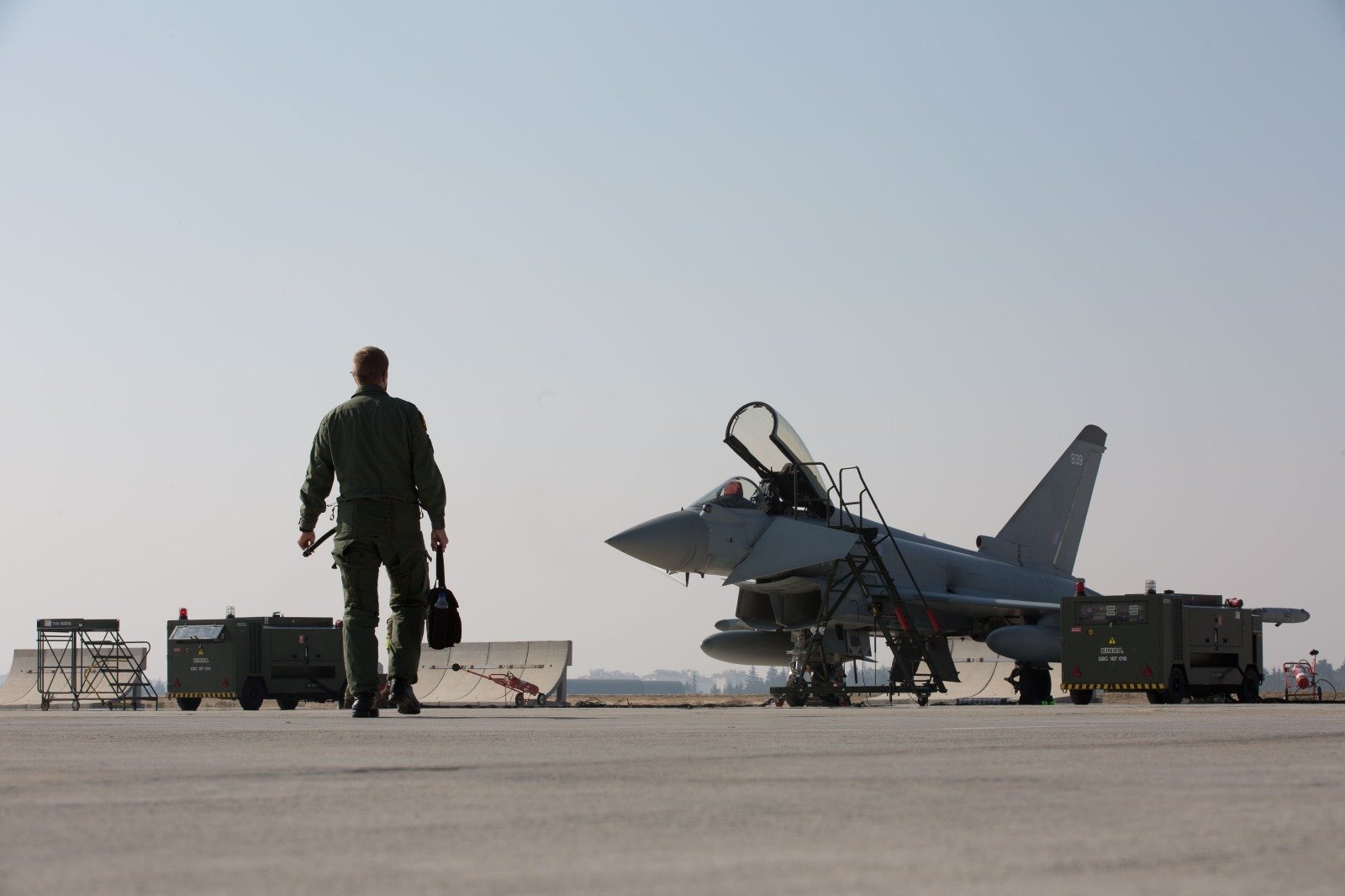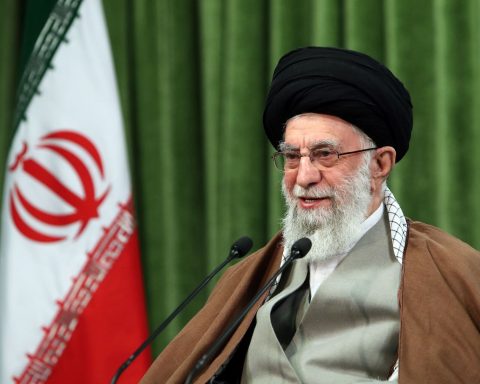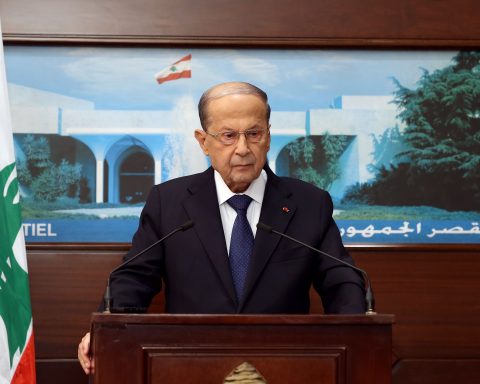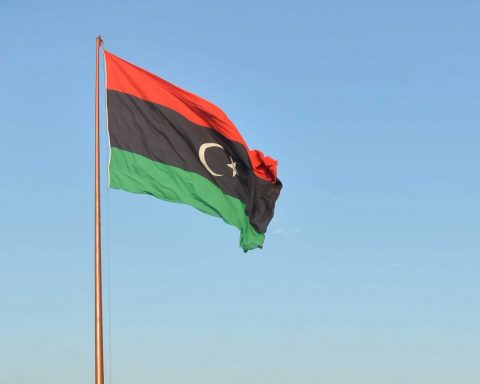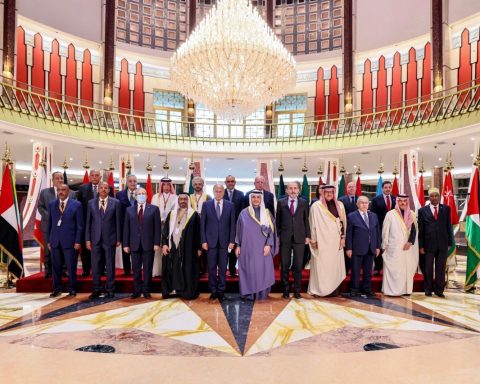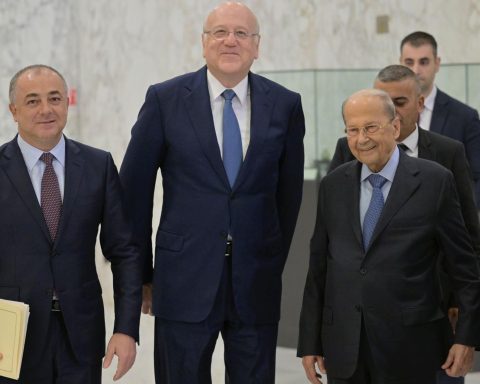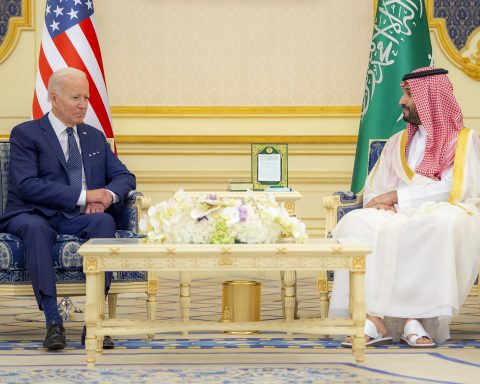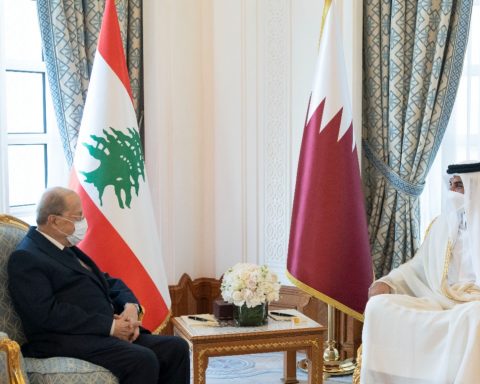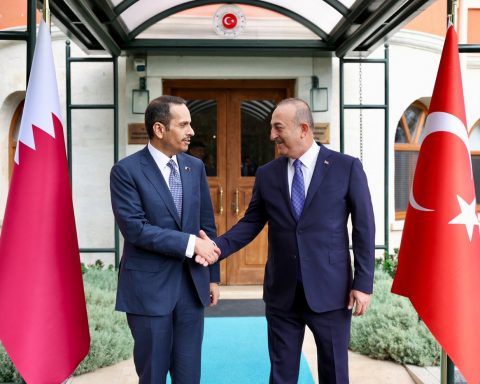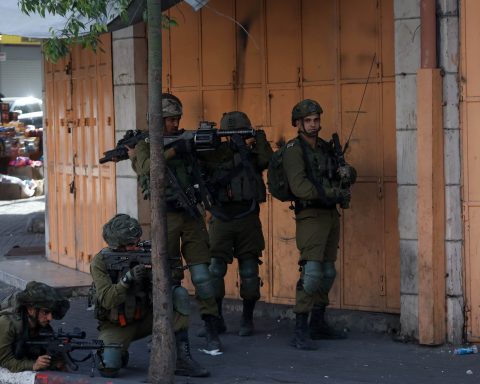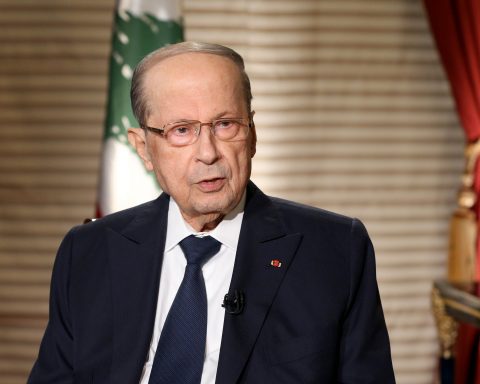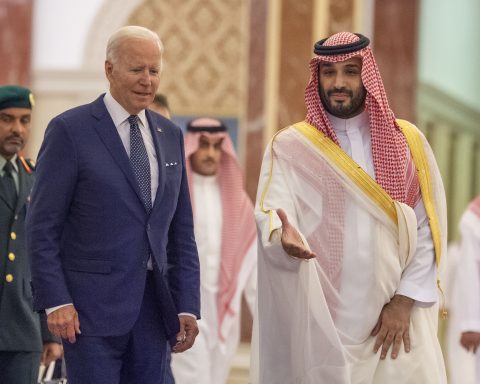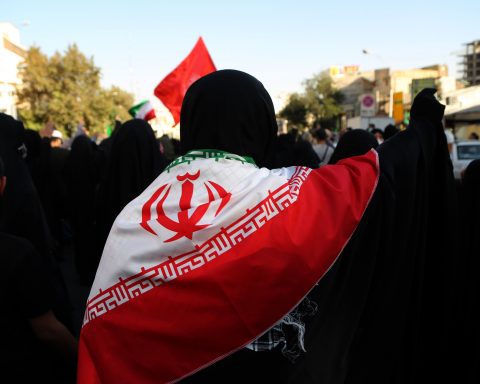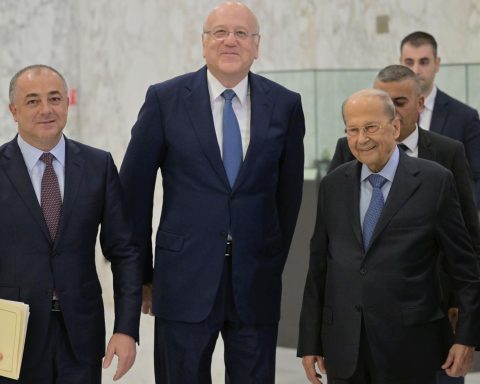In late-February, reports and images from several sources showed the transportation of mobile short-range AN/TWQ-1 Avenger air defense missile systems at a highway from Iraq to Syria. While this news did not get much coverage from main news outlets, those that have reported it indicated that they were most likely brought to US troops stationed in Syria’s eastern Deir Ez-Zor region. Even though US military presence in Syria was relatively dimmed down during the Trump administration, the US continues to be an actor in the area with its presence in the aforementioned region as well as in the southeastern part of the country with the Al-Tanf military base.
Later on, Russian sources have also reported the same development but with the additional news that the US is actively attempting to build an airfield in eastern Syria for the US Air Force. These sources indicated that the anti-air defense missile systems reported to have been transported were installed in the area to provide cover for US troops protecting the region’s oil-rich resources. Furthermore, some military experts underlined that the base under construction would be built near the Al-Omar oil fields in order to defend the region from airstrikes and also maintain a tight grip on Syrian air space. New US President Joe Biden said that the US army remains in Syrian territory under the pretext of fighting the Islamic State terrorist group, though this statement was criticized by authorities of the Assad government since its main forces have long been defeated, which defeats the purpose of American military presence.
On a purely Washington-based perspective, the Pentagon’s establishment of a military base near the Al-Omar oil fields can be defined as a strategic decision, when all things are considered. In early 2020, U.S. troops deployed in the region were targeted by improvised drones that are able to drop small mortars and munitions. While the attack aforementioned did not cause any casualties, it did demonstrate the extent of this new threat US troops in the area had to deal with. Additionally, bases hosting US troops have been attacked as well by rocket attacks in Baghdad and Erbil in the past two weeks, as well. Attacks were also conducted previously by Iran when two bases in Iraq were hit with ballistic missiles in January 2020; at the height of regional tensions when the US assassinated prominent Iranian general Qassem Soleimani in a drone strike.
It was evident, especially with the drone attack in Syria in early 2020, that the US desperately needed a form of air defense system in the area, as aerial attacks posed a danger not only for US troops deployed but also towards the underground resources in the Deir Ez Zor Governorate. This case was also apparent in Iraq when drone strikes were made on two bases in January 2020, which was later resolved when the US deployed short-range C-RAM systems and high-altitude MIM-104 Patriot missiles to these bases. Now, the US, just like it did with Iraq, wants to solidify its defenses in Syria and maintain its presence in the country, amid the efforts for a political settlement to the civil war that has ravaged the country since 2011.
While the US perspective on the said issue generally comes out in this manner, this is not the case for the Russian Federation which sees this development in another way. Moscow perceives this information as only a factor increasing the contingent of the US army in the region, while it was stated before by President Joe Biden that he was in favor of limiting US military presence in the Middle East. In addition, this would permit American anti-aircraft systems to monitor the Syrian airspace and the actions of the Russian Air Force, which would result in a massive intelligence concern considering the US’ ability to follow Russian actions. To put it briefly, Moscow views this as a nuisance in its Syria policy, which it has obtained a strong position in along with its regional partners in Ankara and Tehran. The significant inclusion of Washington in the region will potentially challenge Moscow as well as Turkey and Iran’s say in the Syrian peace process.

